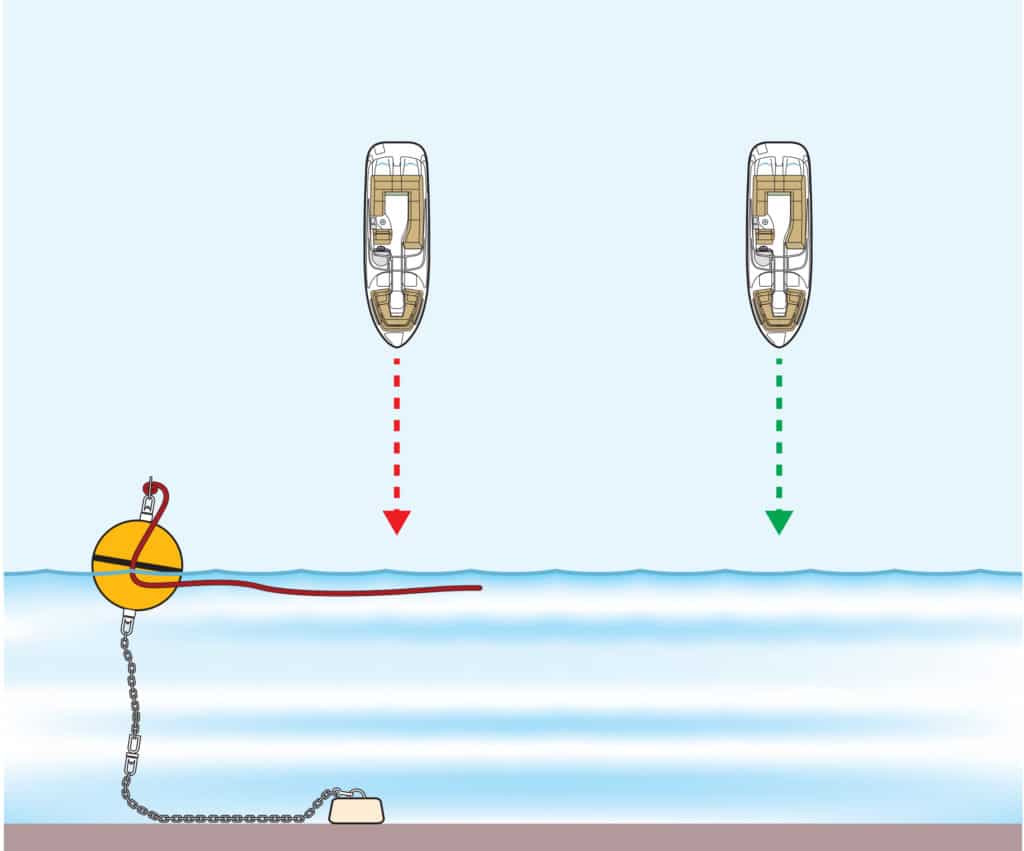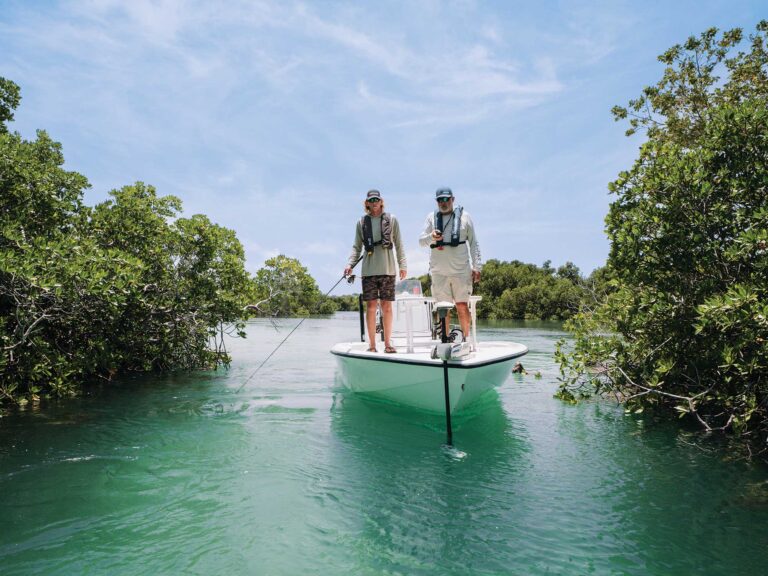
On January 19, 2019, Tracy Haase and Maynard Poynter were cruising at about 20 to 25 mph to a fishing spot 6 miles off the coast of Huntington Beach, California, aboard Haase’s 25-foot twin-outboard Contender. It was a sunny day with calm seas, and they could easily see the sprawling, 100-acre well-buoyed aquaculture operation known as the Catalina Sea Ranch as they passed by it at around 10 a.m., according to the Orange County Sheriff’s Department vessel accident report.
But then things went terribly wrong. Haase, who was at the wheel, told deputies that the boat suddenly decelerated, the transom “went under,” and water began to spill in from astern. Poynter flew overboard on the starboard side. Moments later, the boat rolled to starboard and overturned. Though shaken, both boaters managed to stay with the boat, but neither was wearing a life jacket. Haase was able to retrieve and activate the boat’s EPIRB.
At 11:16 a.m., a responding Orange County rescue boat arrived on the scene and found Haase at the stern of the vessel holding Poynter’s head above water. Sadly, Poynter had died five minutes before rescuers arrived, according to Haase’s statement. Later, the Orange County Coroner’s Department determined the cause of death was drowning. The Sheriff’s Department also later determined that neither alcohol nor drugs were contributing factors in the accident.
What Haase could not see ahead of his boat, even with radar, on that fateful January day was a thick, coiled mooring line—a hawser—just below the surface. The 400-foot-long buoyant 1 ½-inch-diameter hawser had broken free from the network of lines used to moor the Catalina Sea Ranch’s mussel farming operation and was still anchored to the ocean floor 150 feet below.
The hawser had been coiled in an effort by workers at the ranch to minimize the hazard to boaters, but it still floated near the surface. That was what fouled the lower unit of the starboard outboard engine of Haase’s boat, drug the transom underwater, ejected Poynter, and led to capsizing—all in a matter of seconds.
Read Next: It’s the Little Things That’ll Get You
That’s what we know, but what can we learn here? A key lesson is to steer well clear of any moored object, be it an aquaculture operation, dredging barge or even an unoccupied mooring buoy. We expect commercial operators to secure unused mooring lines, but don’t count on it. A friend of mine once skirted too close to a mooring ball used to anchor rock barges. Though no barge was present, a loose hawser dangled in the current. He struck the line at speed, and the collision broke off the lower unit of his outboard motor. Fortunately, no one was hurt.
Another lesson: Slow to idle speed in the vicinity of mooring objects. The sheriff’s report cites excessive speed as a contributing factor in the accident that took Poynter’s life. While few boaters consider 25 mph unsafe, this incident proves the contrary, given the circumstances. Striking the coiled hawser at idle speed would have been far less likely to end in tragedy.
Wanted: Your Stories
Share your boating mistakes and mishaps so that your fellow boaters might learn from your experience. Send us your first-person accounts, including what went wrong, what you’d do differently, your name and your city, to editor@boatingmag.com and use “ILAB” in the subject line. If your story is selected for publication, we’ll send you a $100 West Marine Gift Card!”









